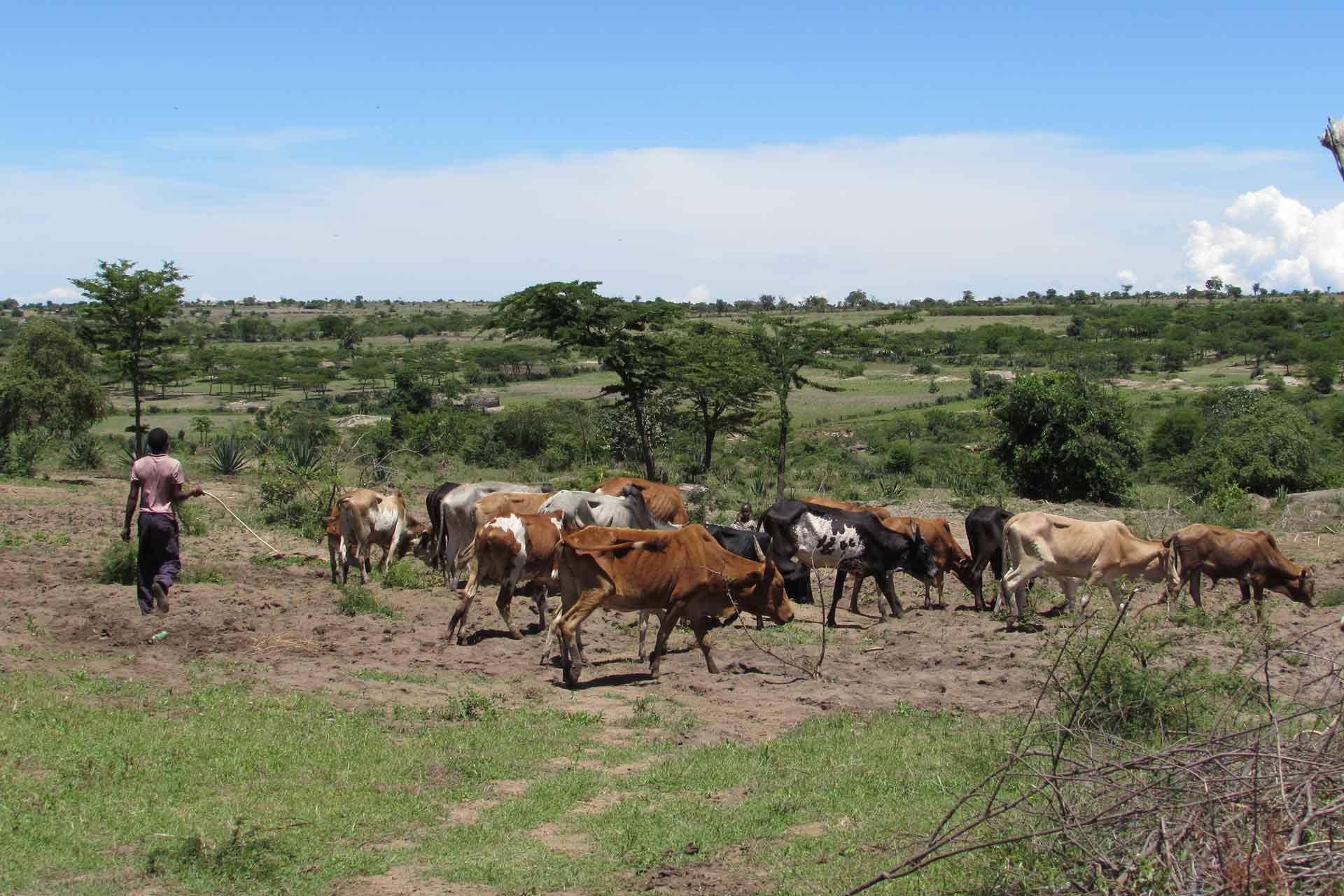Efficacy of a high potency O1 Manisa foot-and-mouth disease vaccine in cattle against heterologous challenge with a field virus from the O/ME-SA/Ind-2001 lineage collected in North Africa
Outbreaks of foot-and-mouth disease (FMD) in North Africa (2013) and the Gulf States (2013) of the Middle East have been caused by a FMD viral lineage (O/ME-SA/Ind-2001) that was before 2013 restricted to the Indian Sub-continent. This study was undertaken to assess the in vivo efficacy of a FMD virus emergency vaccine type O1 Manisa against heterologous challenge with a representative field virus (O/ALG/3/2014) from this emerging lineage. This widely available vaccine was selected since in vitro vaccine-matching results gave inconclusive results as to whether or not it would be protective. Three groups of five cattle were vaccinated with O1 Manisa (homologous potency ?6PD50/dose) using study guidelines outlined in the European Pharmacopeia, and challenged at 21 days post-vaccination by tongue inoculation. All animals that were vaccinated with the lowest dose (1/16) of vaccine developed generalised FMD, defined as vesicular lesions at the feet. One animal vaccinated with a 1/4 dose of the vaccine also developed generalised disease, as did two animals vaccinated with the full dose of vaccine. These results indicate that the heterologous potency of this high potency O1 Manisa vaccine was approximately 3.5 PD50/dose. These data support the use of the O1 Manisa vaccine for FMD control in areas where FMDV is endemic e.g. North Africa, and motivate further studies to evaluate other vaccine candidates (or multivalent combinations) that might be potentially used for emergency purposes in FMD-free settings.

